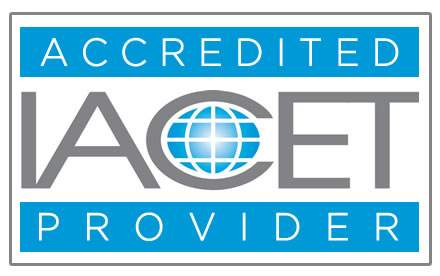3T - Gas Insulated Substation Definitions and Basics
When determining between AIS or GIS technology, some elements alone, for example aesthetics, may be an overcoming impact on a user’s conclusion. Nevertheless, most of the time the best conclusion asks for assessing many elements and soliciting input data from many sections within an investor’s organization. It is also critical to note that the optimal substation arrangement may not be solely AIS or GIS. Sometimes a mix of the two (i.e., hybrid or mixed-technology) might be the best arrangement. Typically, most of the factors will prefer GIS technology, but it is the value or importance given to the considerations that decides if the return on investment is justifiable to choose GIS over AIS technology. Consideration that can be measured should be assigned importance weights based on the user’s needs.
Description:
When determining between AIS or GIS technology, some elements alone, for example aesthetics, may be an overcoming impact on a user’s conclusion. Nevertheless, most of the time the best conclusion asks for assessing many elements and soliciting input data from many sections within an investor’s organization. It is also critical to note that the optimal substation arrangement may not be solely AIS or GIS. Sometimes a mix of the two (i.e., hybrid or mixed-technology) might be the best arrangement. Typically, most of the factors will prefer GIS technology, but it is the value or importance given to the considerations that decides if the return on investment is justifiable to choose GIS over AIS technology. Consideration that can be measured should be assigned importance weights based on the user’s needs.
This course is suitable for engineers with a desire to understand the fundamentals of Gas Insulated Substation (GIS) technology. Presented details cover issues related to fundamental terms, rated voltages and insulation levels, GIS availability and reliability, operating principles, substation arrangements and design, power system and financial considerations.
| Learning Objectives | Learning Objectives: This continuing education course is intended to provide you with the following specific knowledge and skills:
|
|---|---|
| CEU/PDH | 0.3 CEU / 3 PDH |
| Language | English |

IACET ACCREDITED PROVIDER
Self Learning Solutions LLC is a company with more than 14 years of experience in this market. At Self Learning Solutions we are proud to have obtained the IACET accreditation for our organization, along with the approvals necessary to market our products throughout the United States. Self Learning Solutions is accredited by the International Association for Continuing Education and Training (IACET). Self Learning Solutions complies with the ANSI / IACET standard, which is recognized internationally as a standard of excellence in instructional practices. As a result of this accreditation, Self Learning Solutions is accredited to issue the CEU IACET.
This means that our clients can trust that our courses will be approved by state councils.
PDH Authority System Requirements
To run our system effectively you should, as a minimum, use the system components listed on this page. If you do not, the system may still work but some functionality may be lost. Workplace IT environments' internal configurations can also restrict the functionality of our system. Access to content may be affected, as may the possibility of uploading files. File size limitations may also apply. Workplaces may also have older versions of software, and our system may not perform well with these.
Operating system
-
Recommended: Windows 7, 10, Mac OSX Sierra, iPad IOS10
Internet speed
-
Use a broadband connection (256 Kbit/sec or faster—this will ensure that you can view videos and online presentations) through USB wireless modem, ADSL, T1/T2, fibre optic or cable.
-
Dial-up access will be significantly slower, and we do not recommend it for using our system.
Internet browsers
Compatible browsers include:
-
Google Chrome 32 bit version 50 or later (recommended for optimal compatibility, this has been thoroughly tested on Windows)
Safari 10 or later (recommended for optimal compatibility, this has been thoroughly tested on Mac)
Note that add-ons and toolbars can affect any browser's performance.
-
MS Internet Explorer is not recommended
Settings
We recommend that the following be enabled:
-
Cookies
-
Pop-ups (in both Internet browser and security software)
-
Javascript
-
We recommend that you use the latest version of Adobe Flash Player.
Software
-
We recommend that you use the latest version of Adobe Acrobat Reader.
-
To view all the resources uploaded to Hazmat Authority, you will probably need to have Microsoft Office (Word, Excel, PowerPoint) or an equivalent (e.g. Open Office, Viewer) installed.
Security
With all firewalls, ensure that you enable uploading of files.



Validate your login
Sign In
Create New Account